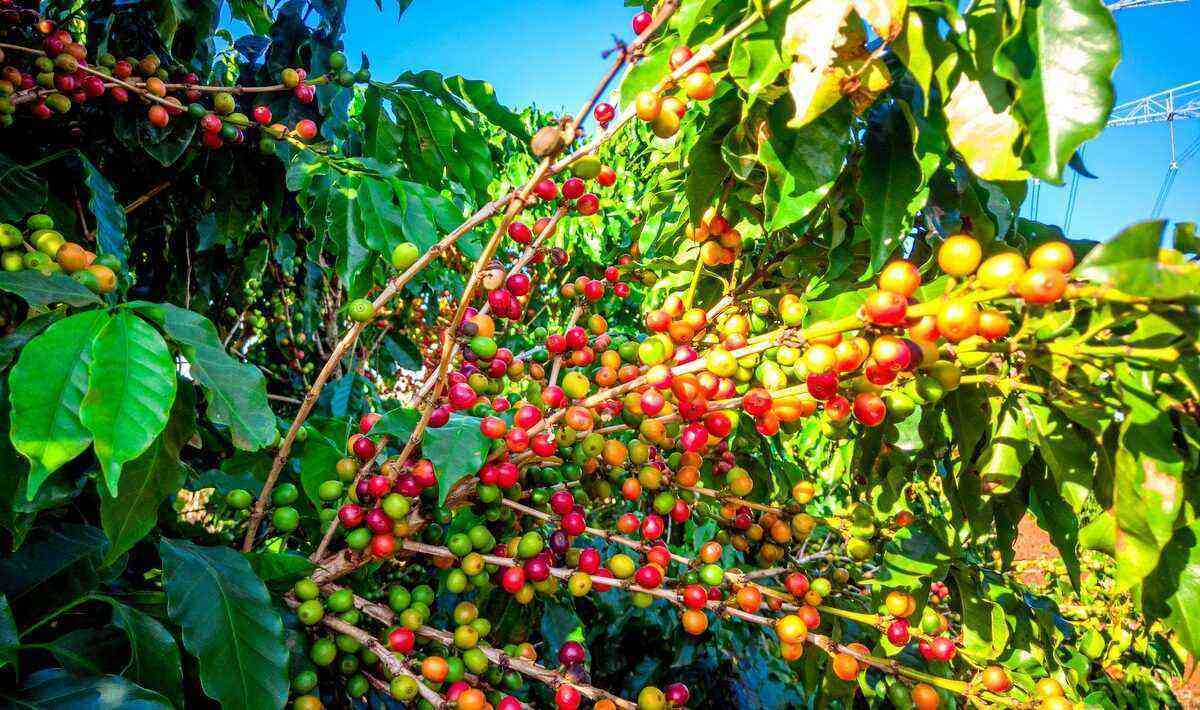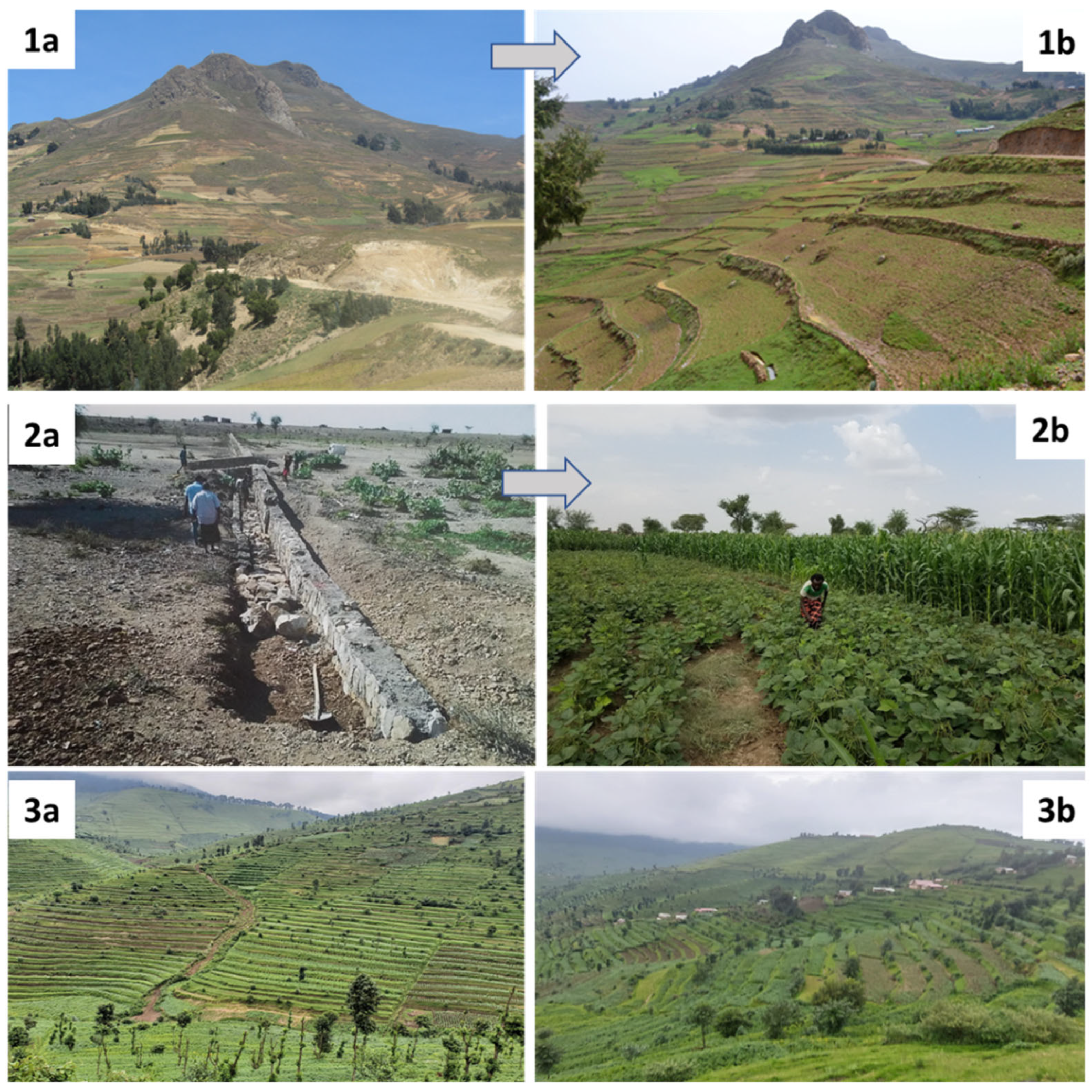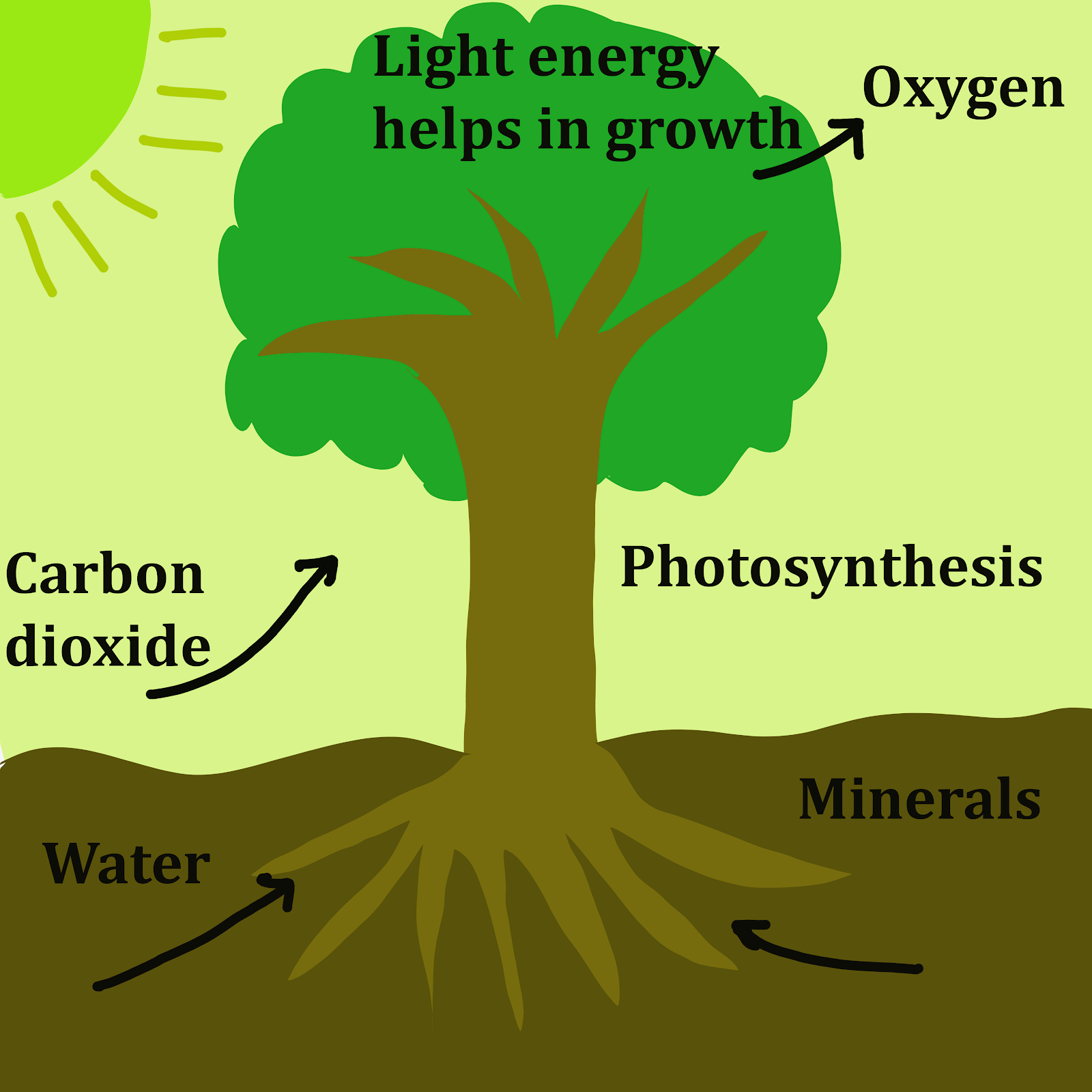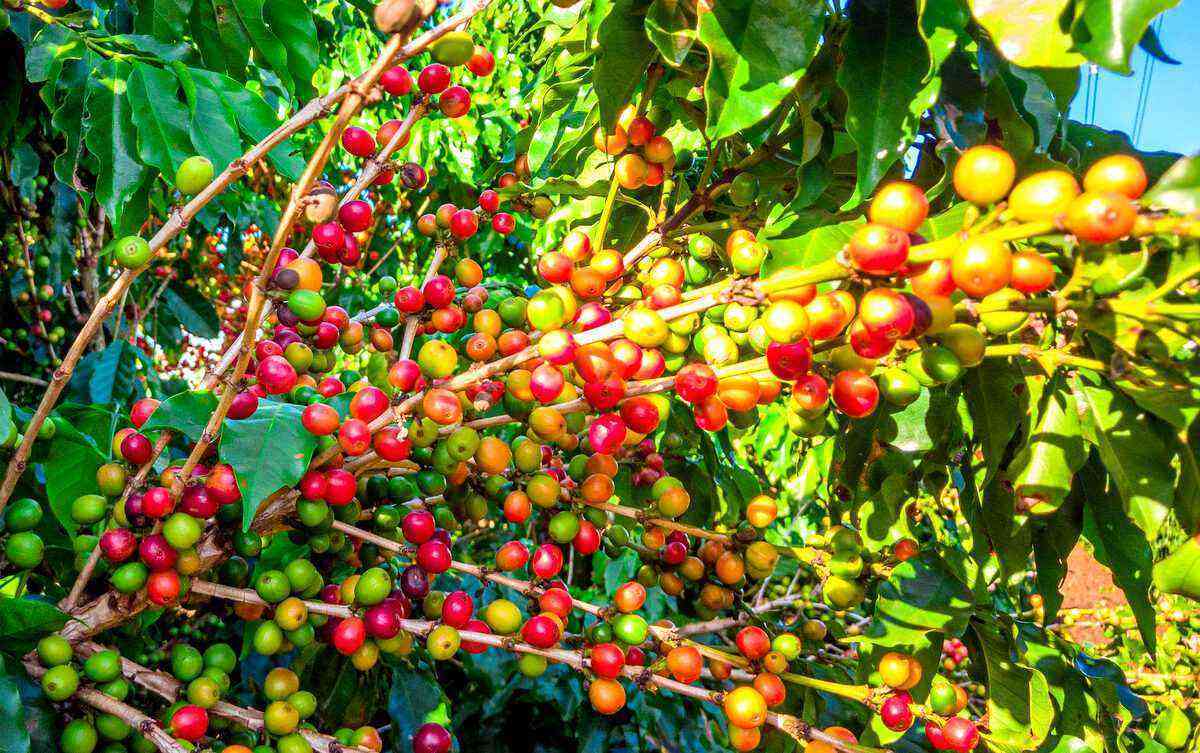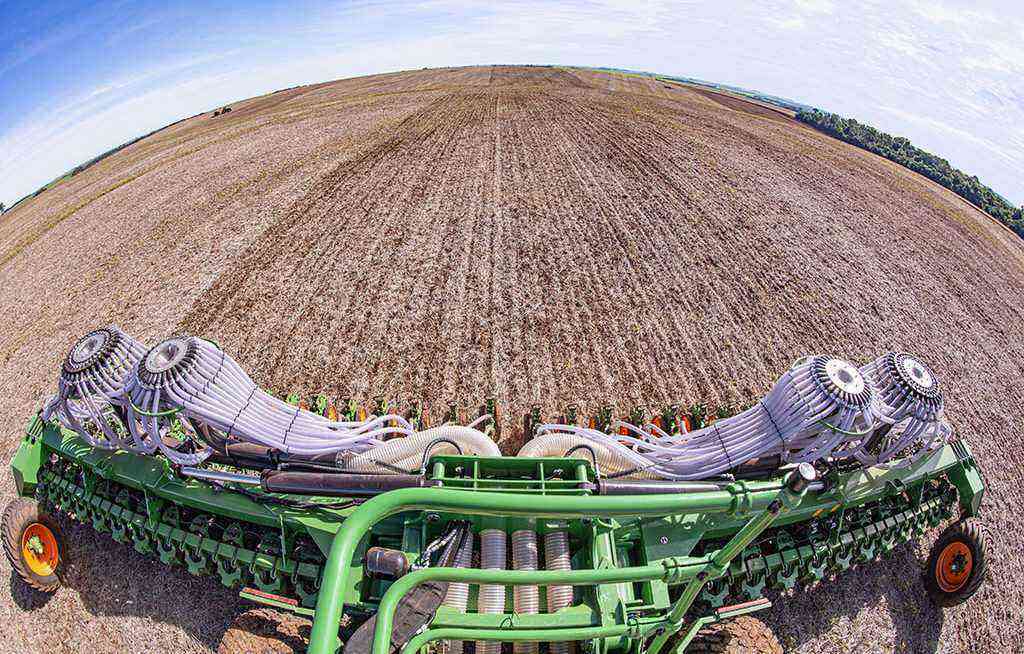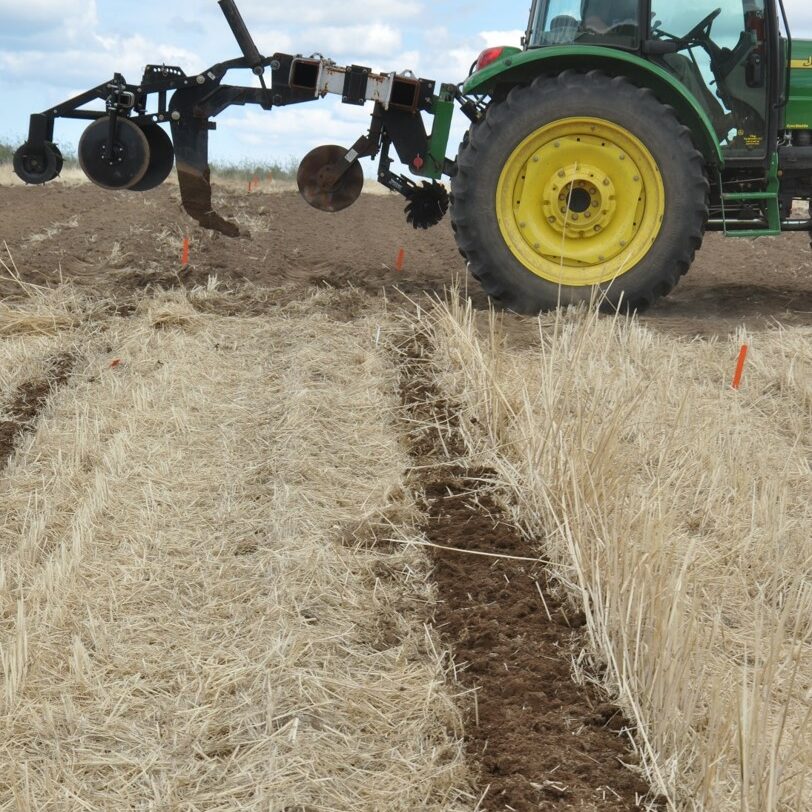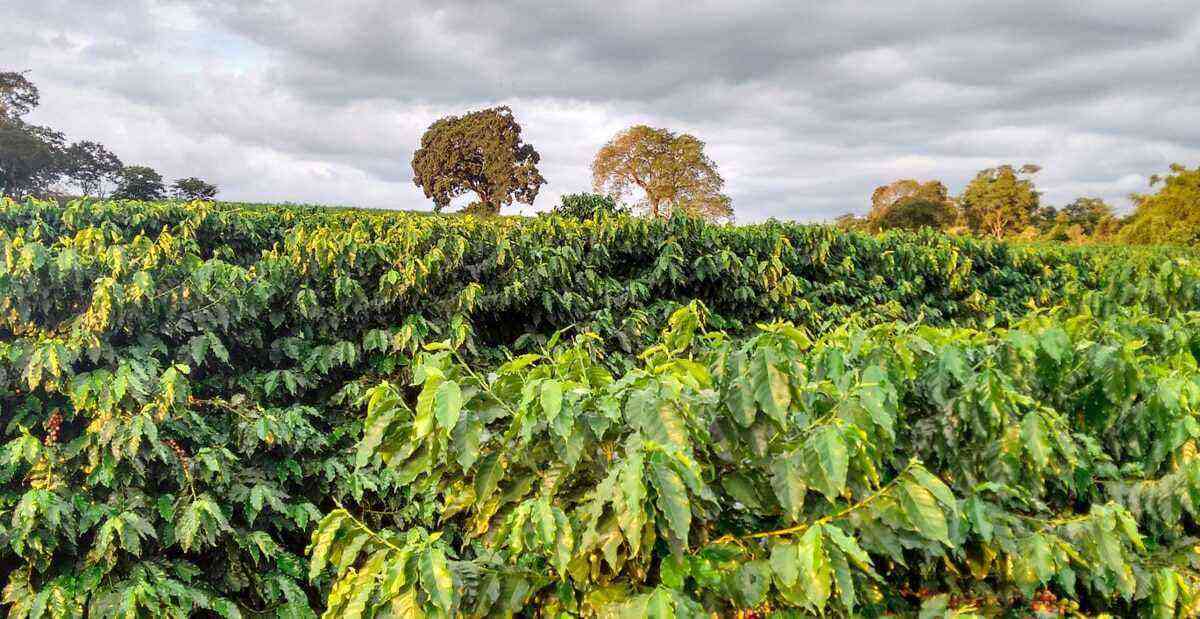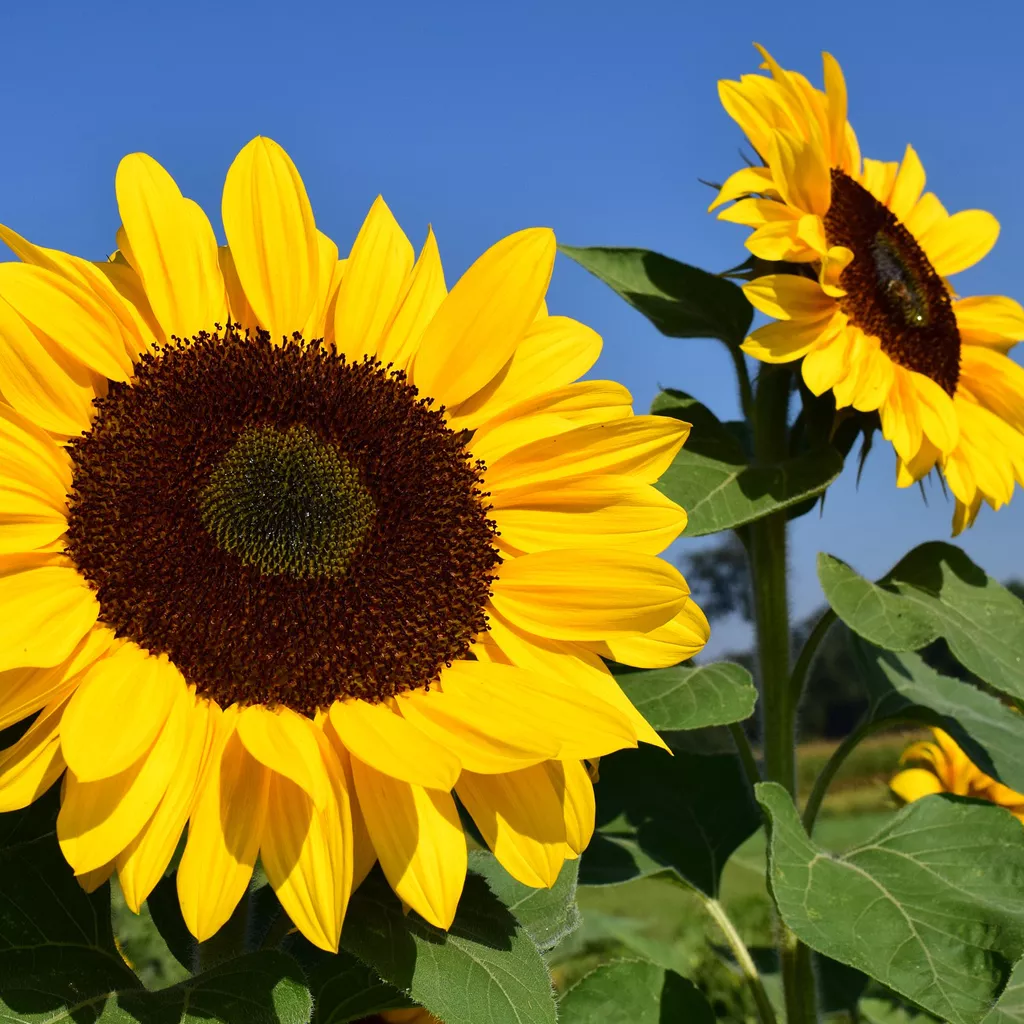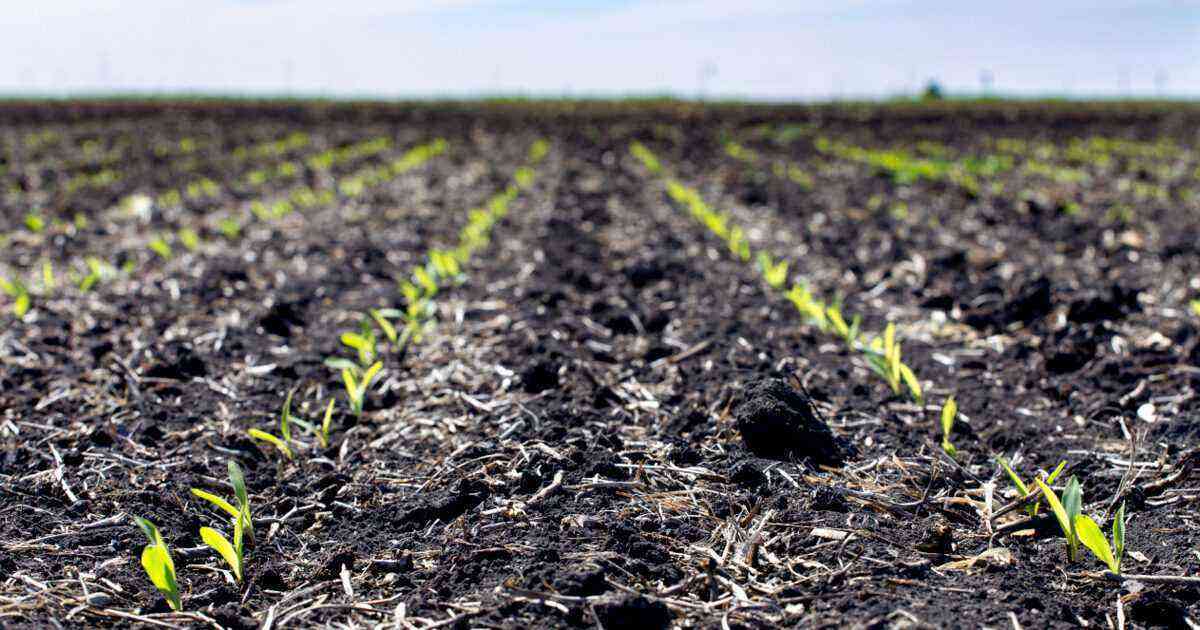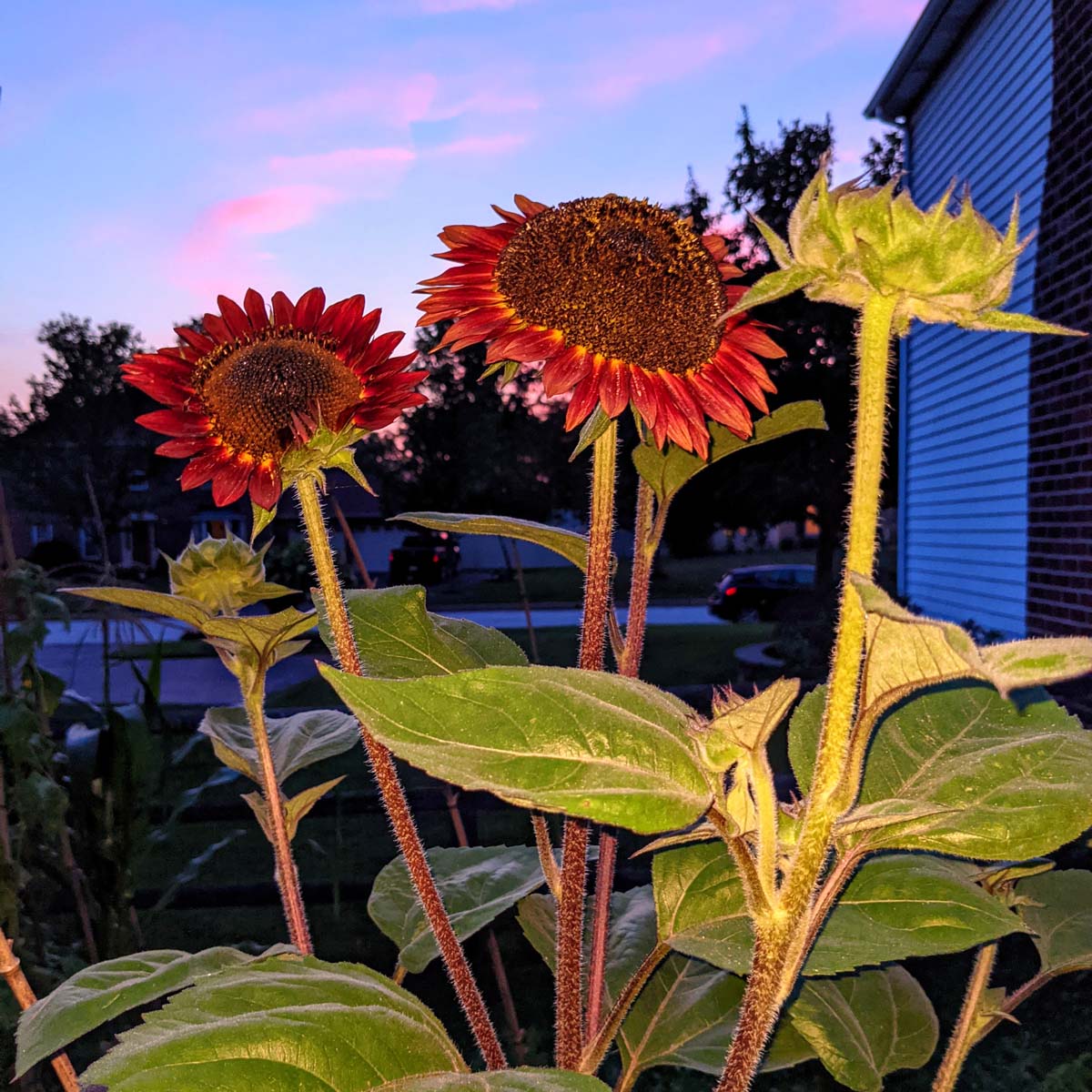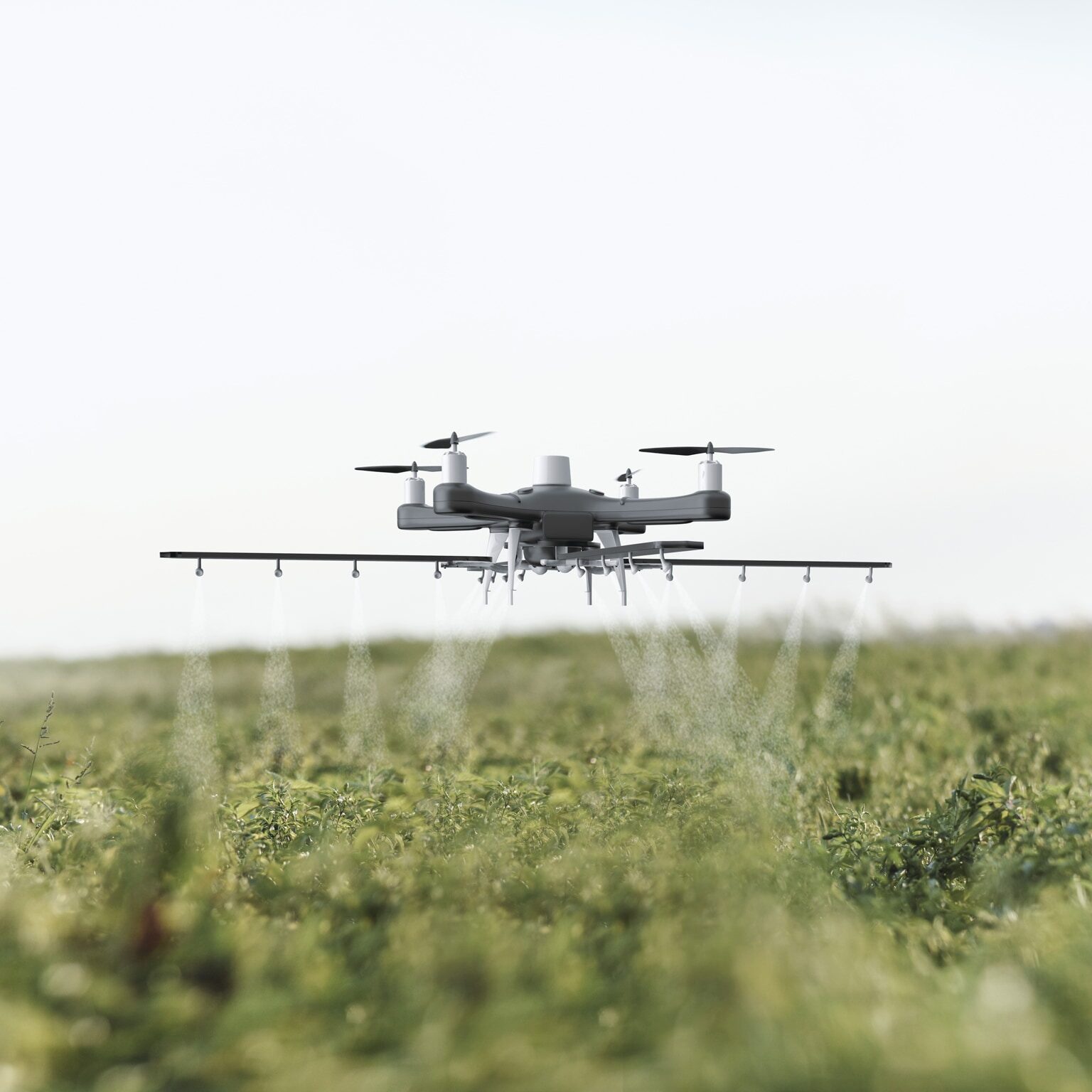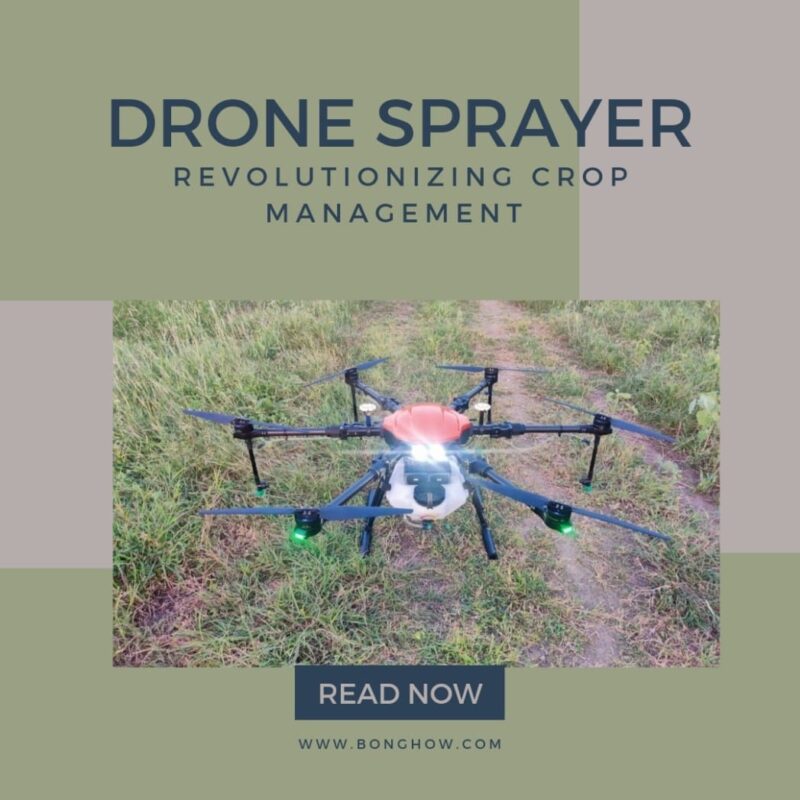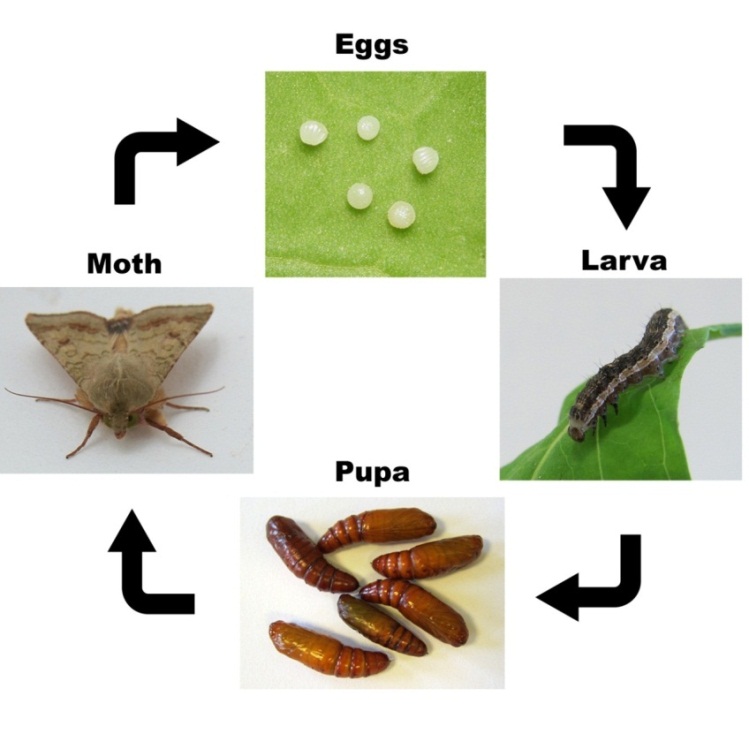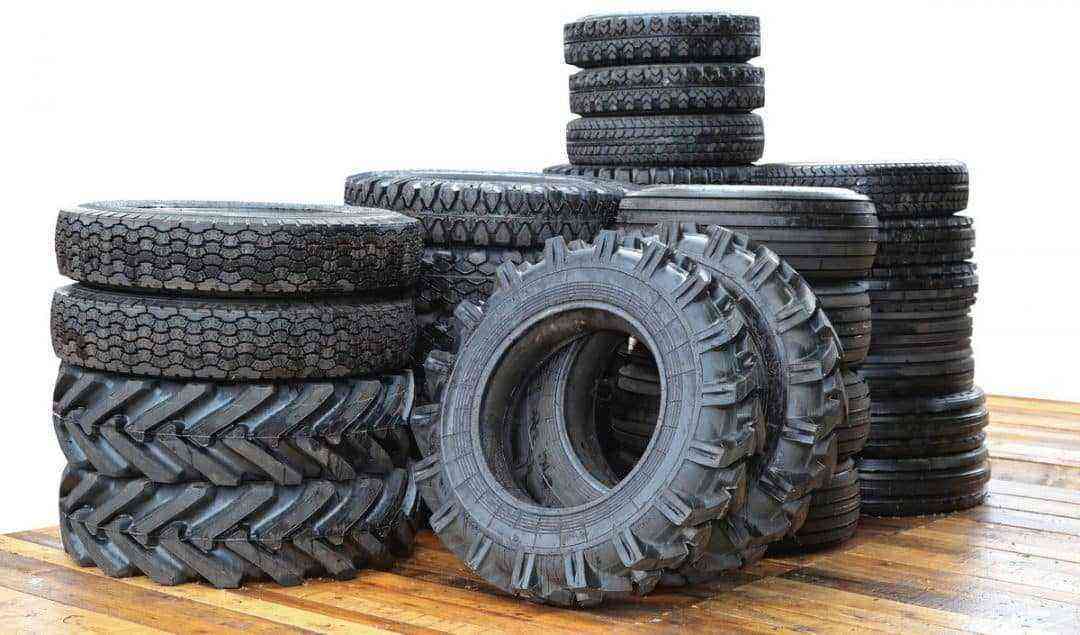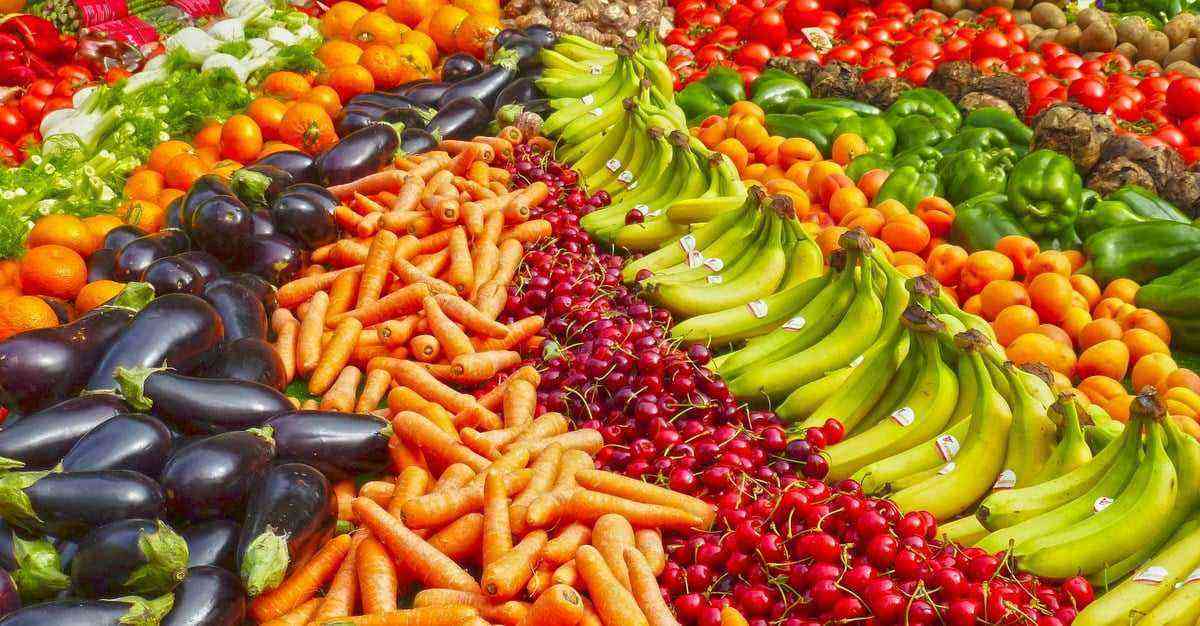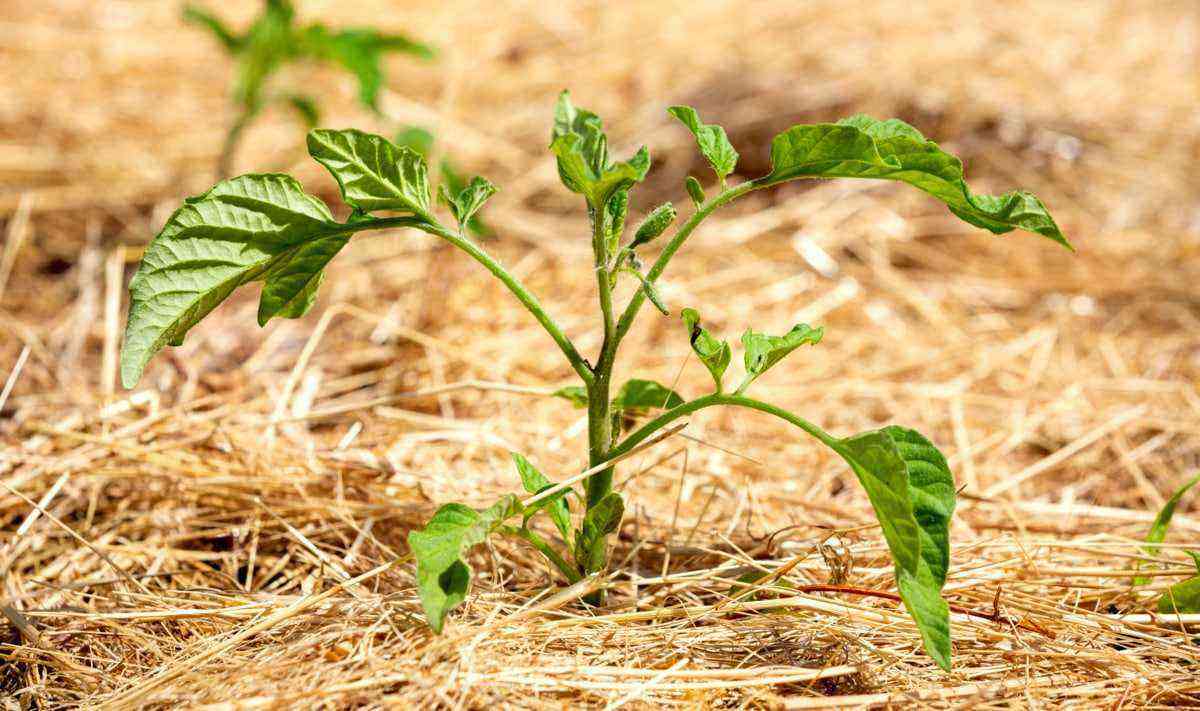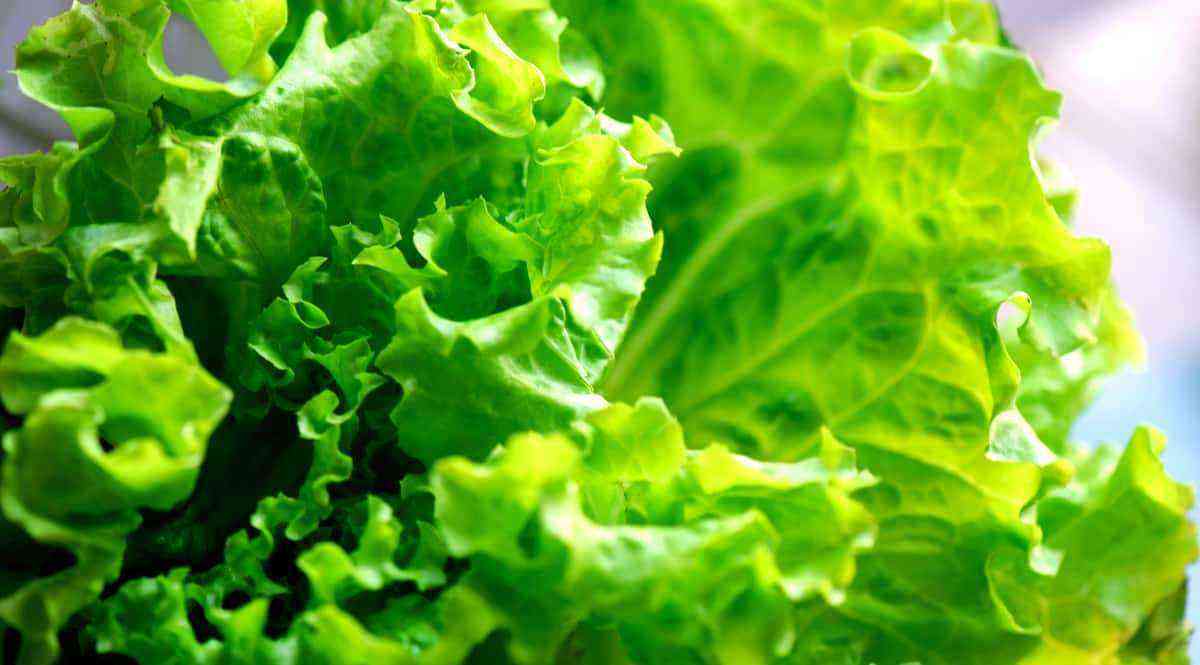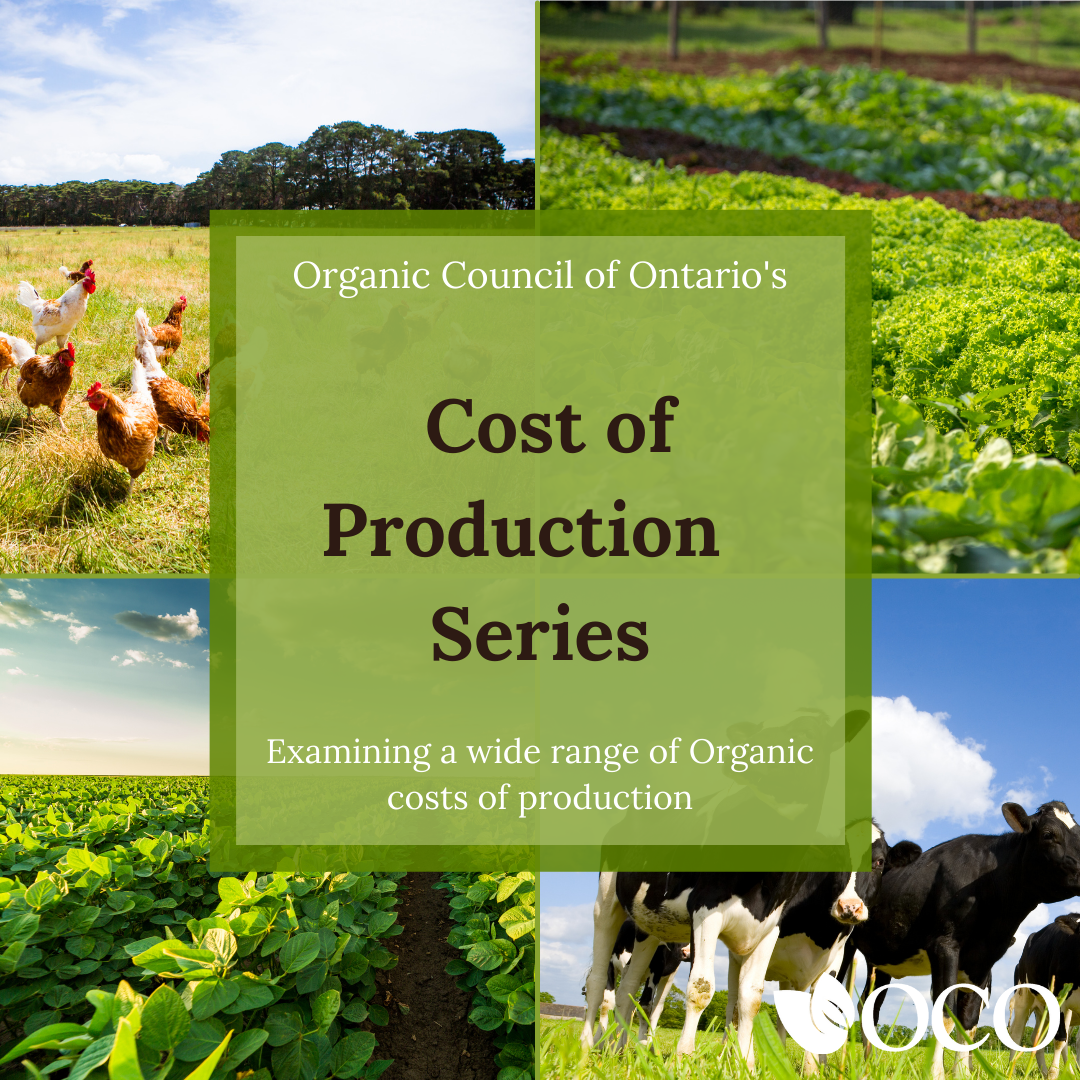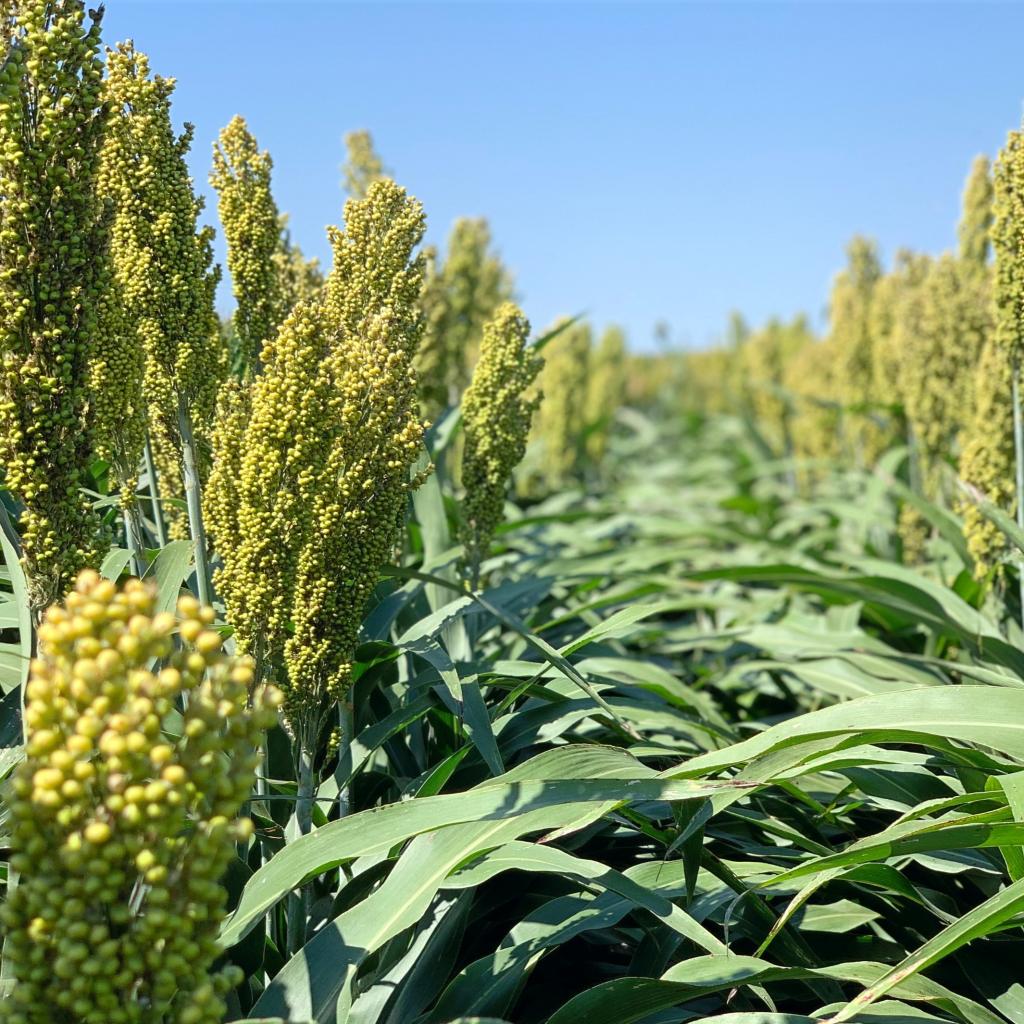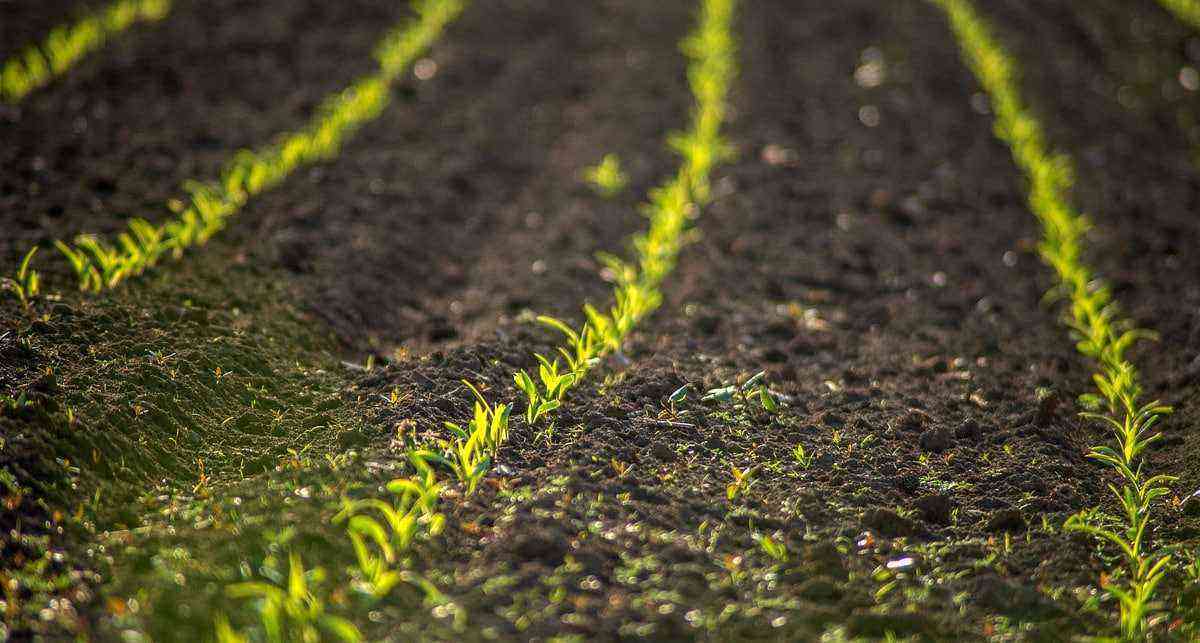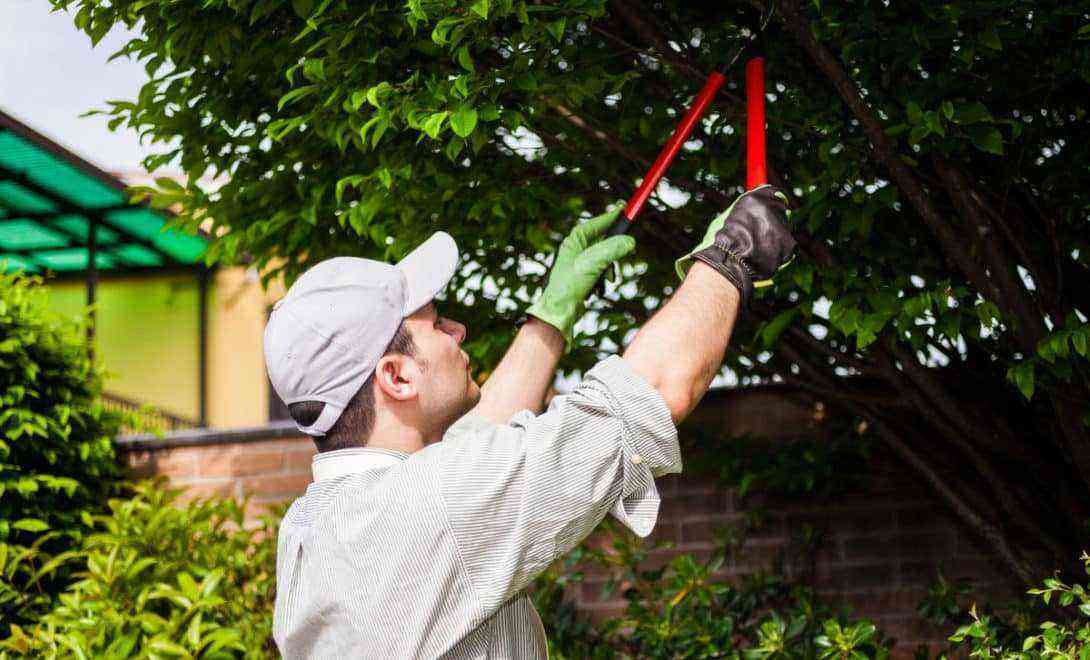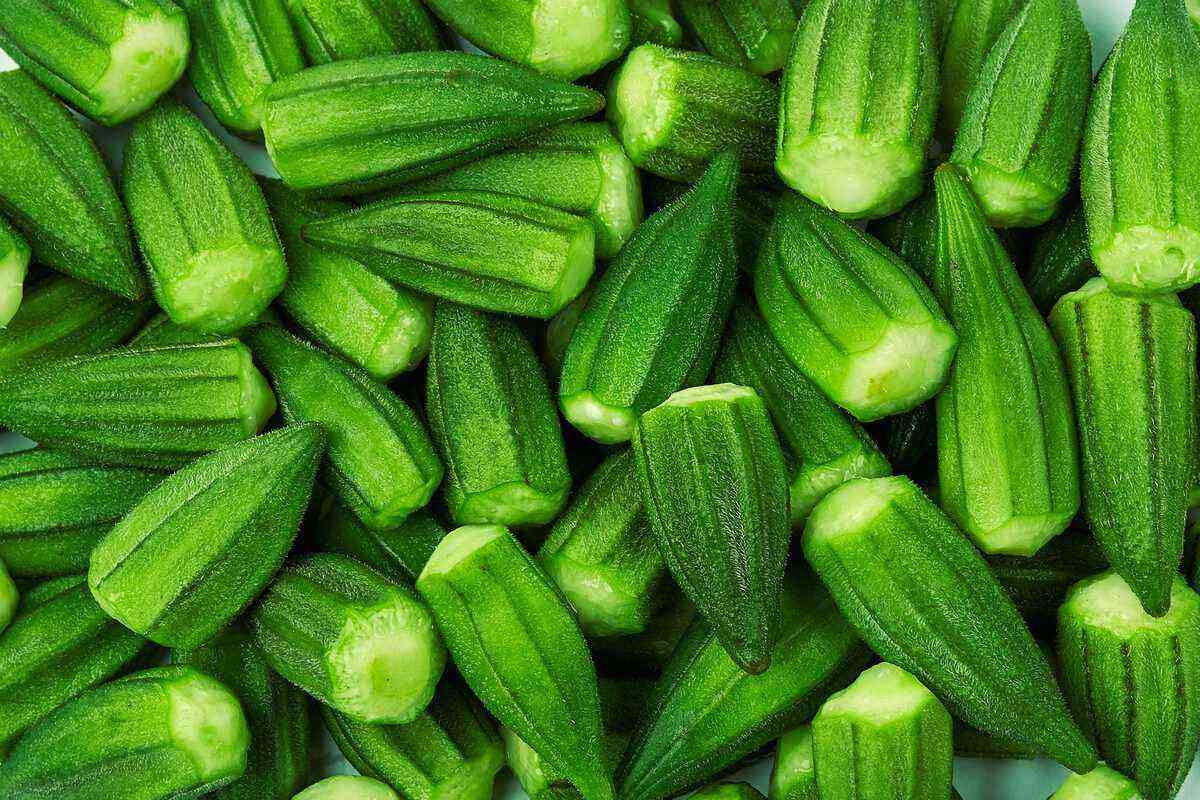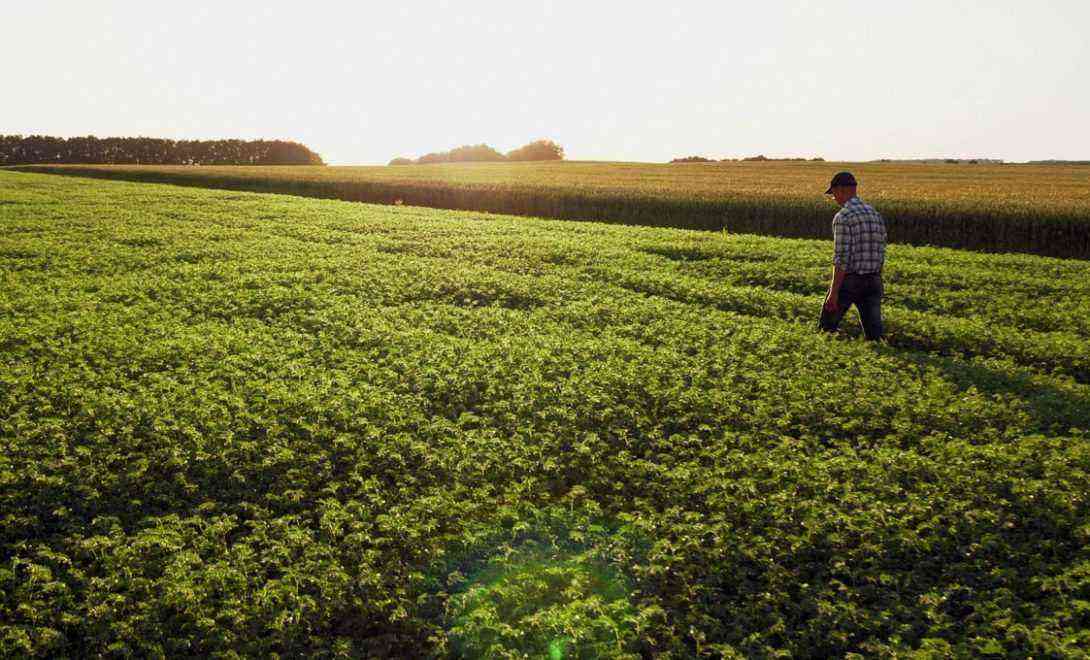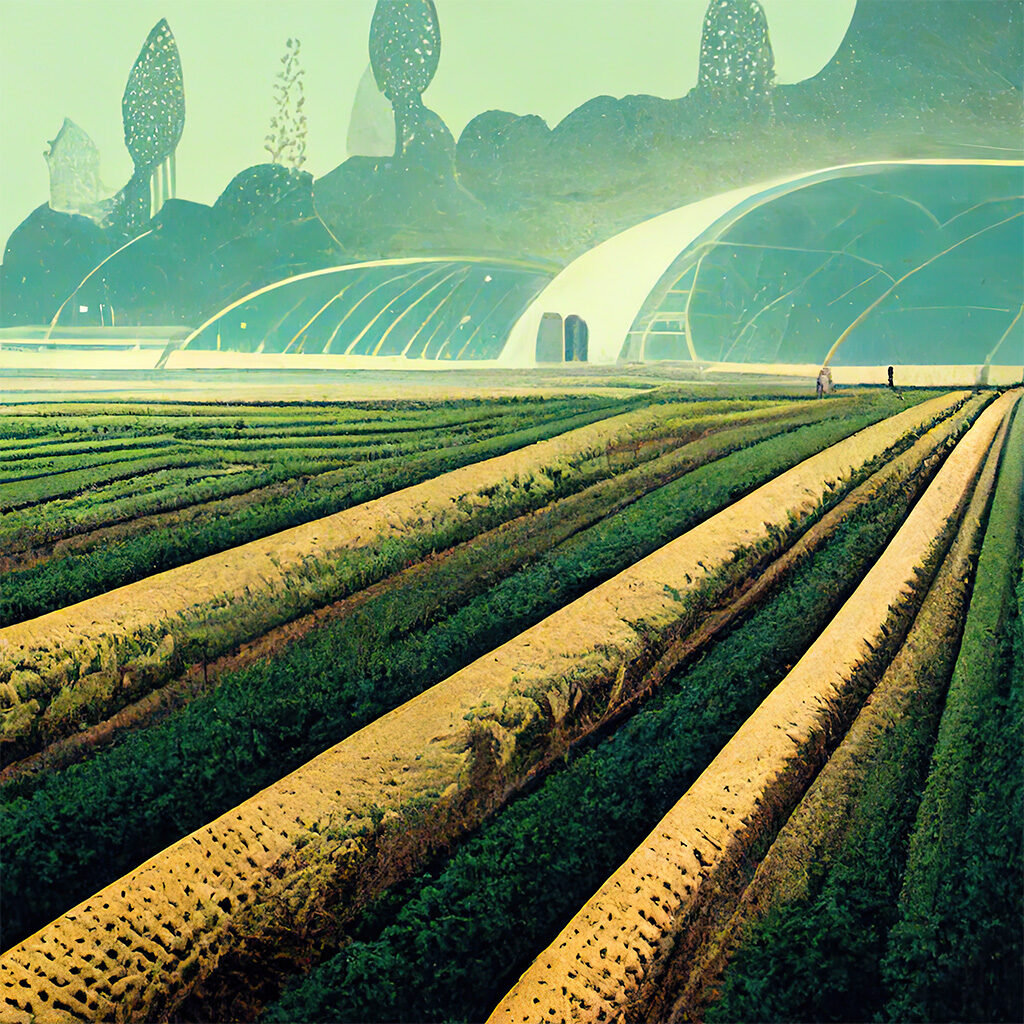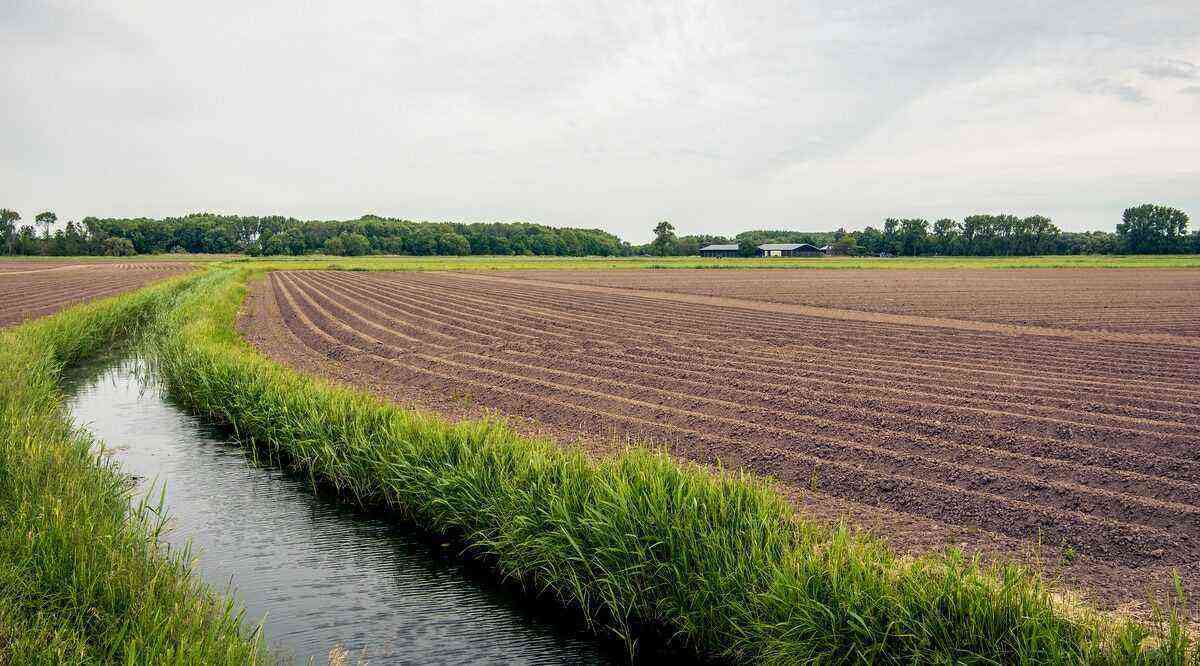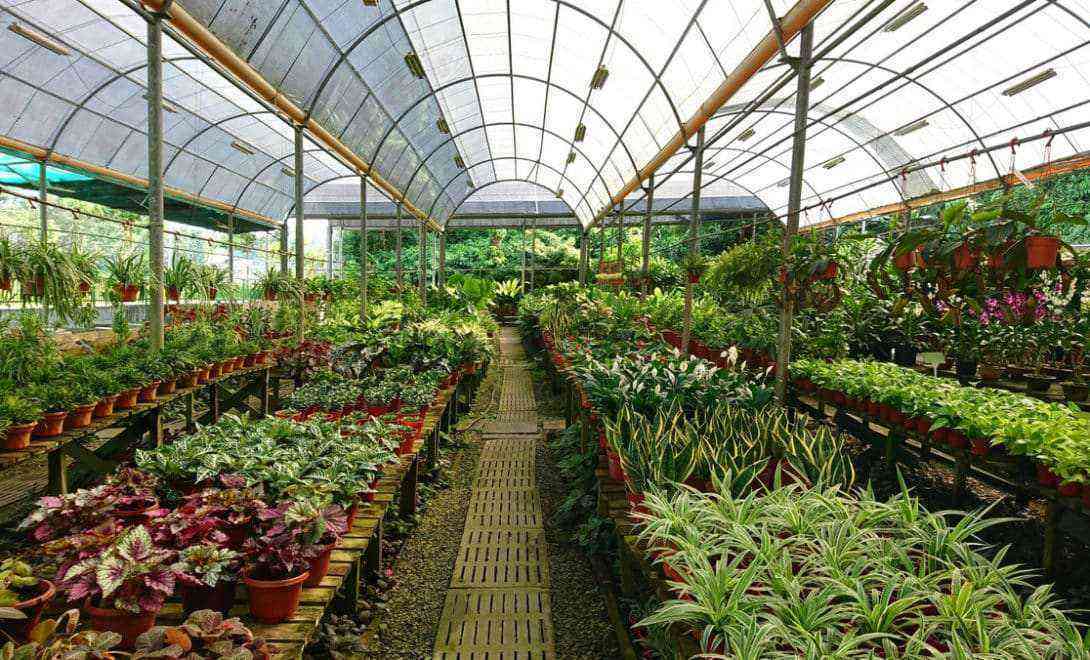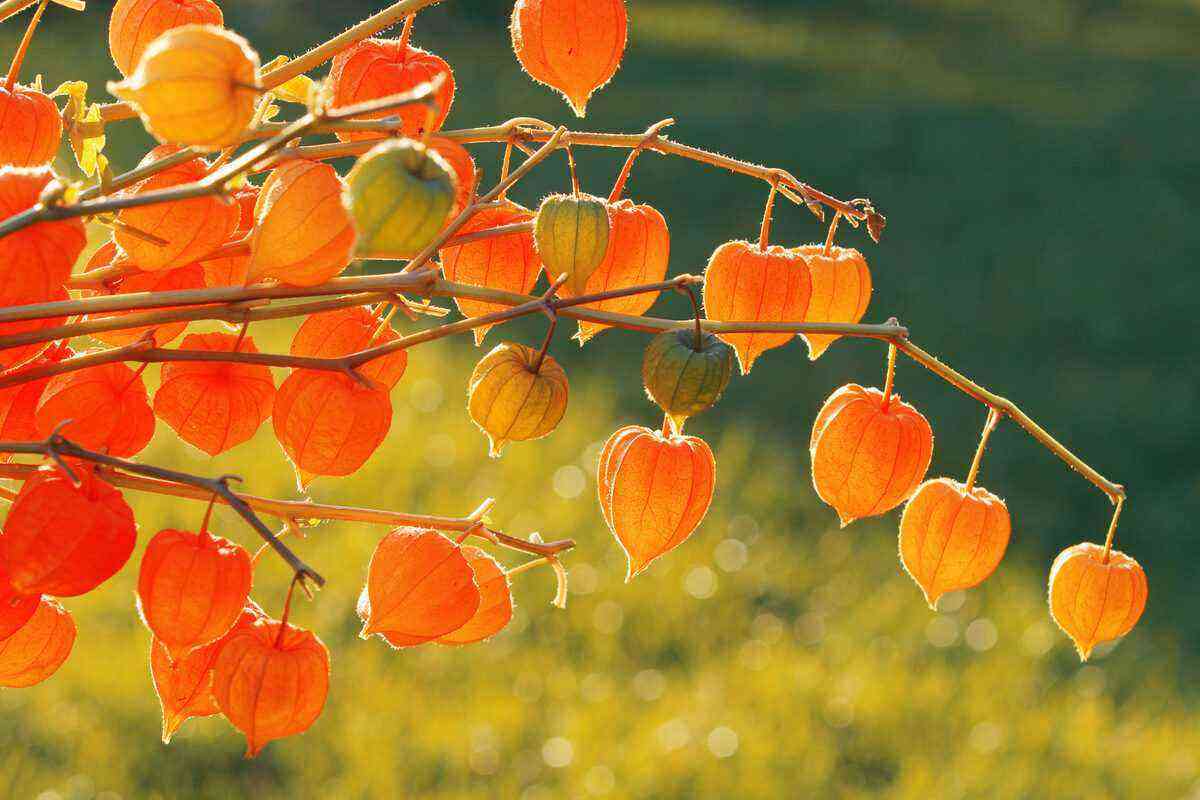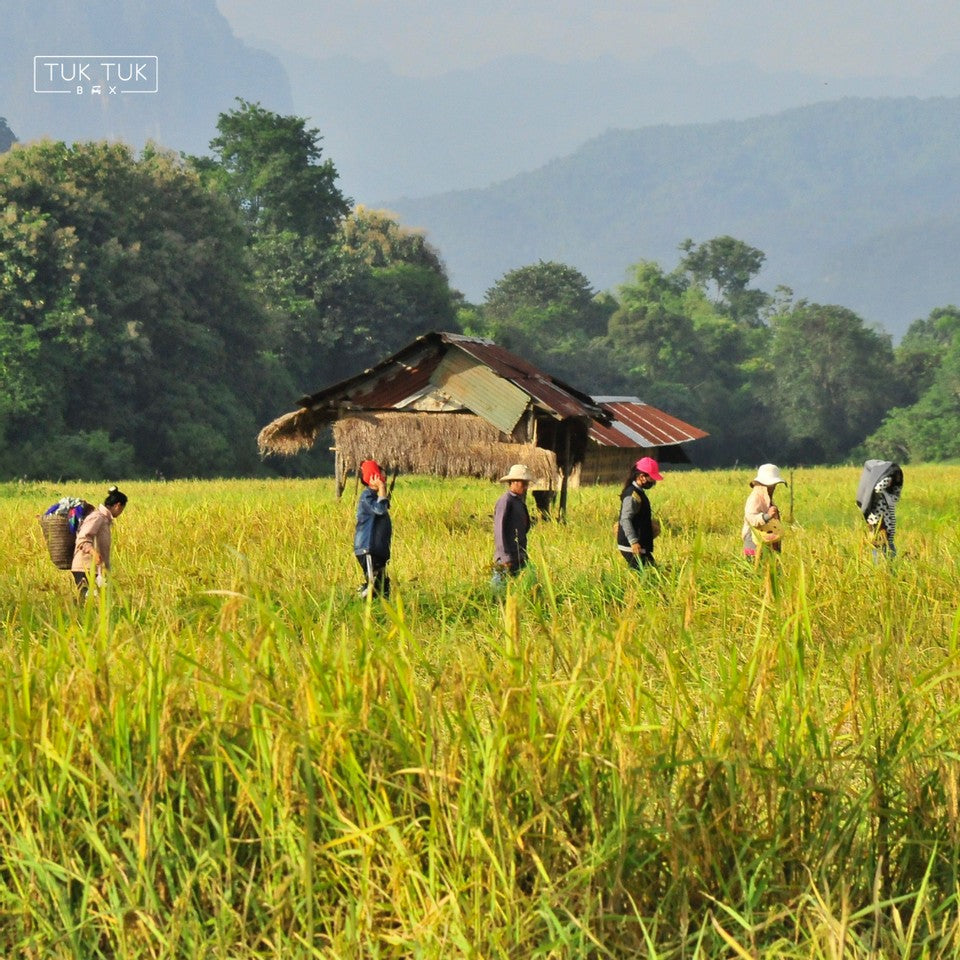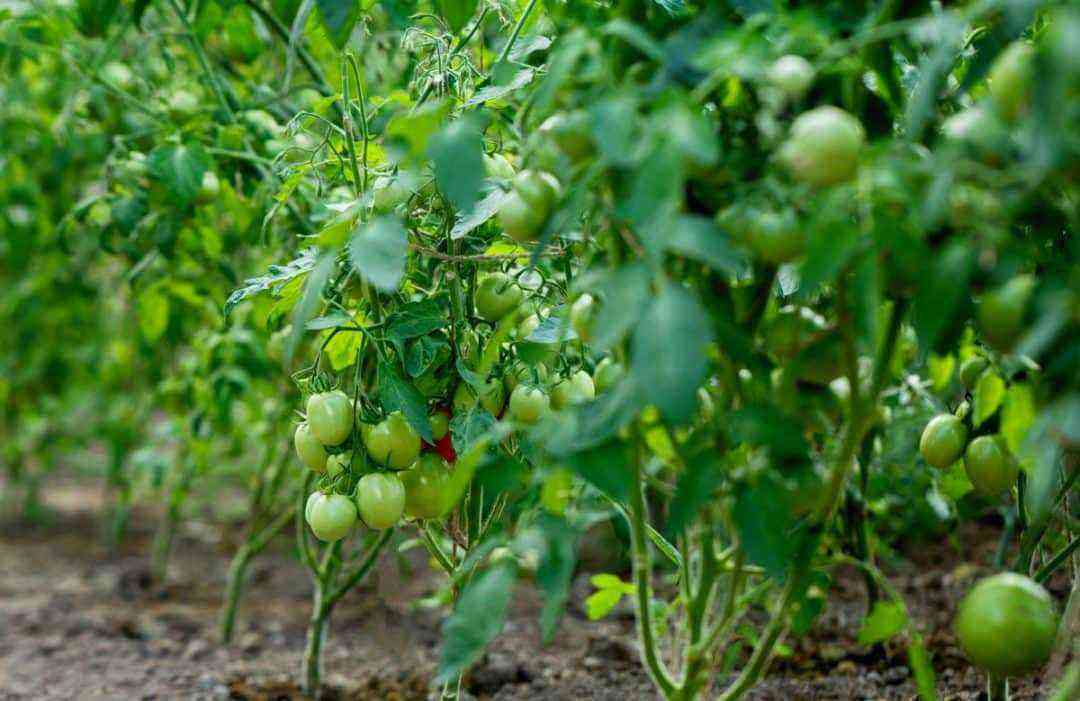With the possibility of producing, in the first cycle, 45% more roots and 51% more starch, Embrapa (Brazilian Agricultural Research Corporation) launched a new variety of cassava: BRS 420.
The variety is adapted to direct planting, a practice that is expanding in the Center-South region, which concentrates 80% of the Brazilian production of cassava starch, the starch extracted from the root.
The BRS 420 even exceeded the production of 60 tons per hectare, in Embrapa’s experiments. In small producer areas, it has exceeded 50 tons per hectare in the first cycle.
According to researcher Marco Antonio Rangel, the variety has excellent productive behavior both in early harvests (from 10 to 12 months after planting) and late (up to 24 months), which allows for flexibility in harvesting and extends the commercialization window.
According to him, the variety is also very adapted to mechanization. Through a prototype harvester machine, it showed better harvesting yield, with much lower losses than manual harvesting. In this way, when this equipment becomes a reality, the new variety of cassava will already be more adapted.

The harvesting process is optimized with this new cassava variety
Emprapa also informs that another characteristic of this new variety is the fast covering of the ground, which helps in the management of weeds. As it is an early material, it has a very fast and vigorous growth, considerably reducing the need for weeding.
high starch content
Tests carried out in starch factories revealed that the new variety is suitable for industrial use, since its roots are easy to peel and high quality starch.
The experiments showed superiority of BRS 420 compared to the main cultivars currently used in the region, with regard to starch productivity: 51,5% more in the first cycle and 46,6% in the second.
Another important feature is the ease of pulling out, due to the horizontal arrangement of its roots.
disease resistance
Regarding the main diseases and pests, BRS 420 presents good resistance to bacteriose, superalongament e antracnose, and may even show some symptoms, but without causing damage.
Embrapa technicians also found that the new cassava variety is resistant to White fly (caused serious damage to crops last year) and also to root rot (it may even appear, but it does not reach the entire foot and as it has a higher productivity, this compensates for the problem).
Business
Producers who were Embrapa’s partners in the planting claim that the results were positive.
This is the case of Victor Vendramin, from the city of Paranavaí (PR). According to him, in the first cycle, the performance is much better compared to traditional varieties in terms of productivity and accumulation of starch per hectare.
Victor Vendramin said that while most varieties have an average productivity of 18 tons per hectare (up to 12 months after planting), the BRS 420 reached 37 tons per hectare.
Where to find?
Rural producers interested in knowing more details about this new variety can find out here.
To find cassava offers for sale throughout Brazil, access our sales page.
See also: Expectations for the cassava market in 2020
